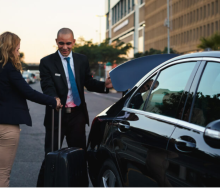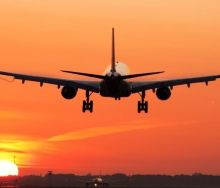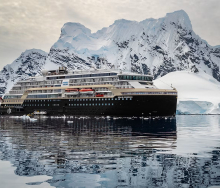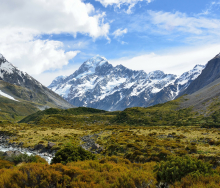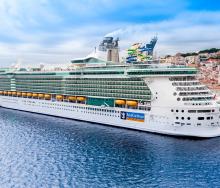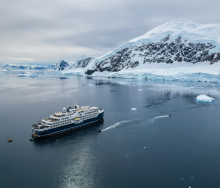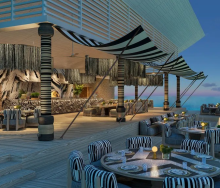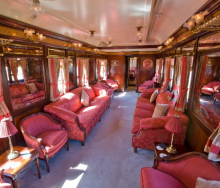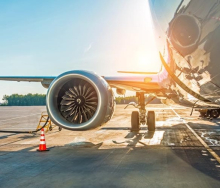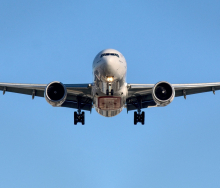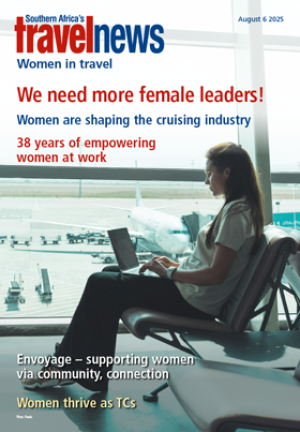Feelings about tourism in popular destinations in Europe are changing.
Locals are now fed up with housing shortages (caused by short-term Airbnb-type businesses), heavy traffic, noise, pollution and litter, not to mention being overwhelmed by huge crowds during the post-pandemic tourism surge, now in its second summer season.
According to forbes.com, a number of popular destinations have become “unliveable” for residents.
What’s more, issues of overcrowding, safety concerns and discomfort mean the visitors themselves are hard-pushed to enjoy the tourism experience. Standing in long queues to get on to a footpath, buy a drink, enter a restaurant, board a train or, in the case of St Mark’s Square in Venice, to cross a bridge, certainly mars the tourists’ enjoyment of their holiday.
Even museums require a reservations system and even then, it can be difficult to get to see the works of art due to the sheer numbers of people in the building.
A global debate on how to handle overtourism has started.
“Overtourism is already so acute that popular destinations are now doing the unthinkable, and actively trying to dissuade or block arrivals,” says theguardian.com.
“The world’s most perfect places are being turned into backdrops for our tourist selfies. Mass tourism is turning destinations into the opposite of what they once were.”
The World Tourism Organization predicts that, by the end of the decade, there will be over two billion tourists.
Overcrowding is one problem. Bad, irresponsible and anti-social behaviour by tourists is the other, but the two halves combine to form a toxic whole and locals have had enough.
Banning cruise ships, using online booking systems, restricting capacity, and charging entry fees are some of the methods currently being used to control crowds.
In Venice, cruise ships over 25 000 tonnes are banned (this was implemented after a large cruise ship crashed into the side of the canal it was passing through, killing five people). However, passengers on these large liners are still bused in and smaller cruise vessels are still allowed, despite causing physical damage to the lagoons, canals and ageing, fragile infrastructure. (Cruise passengers are known as ‘hit and run’ tourists in Venice, according to euronews.com. They represent about 73% of visitors but only contribute 18% to Venice’s tourism economy because, while they might buy a few souvenirs, they neither stay over in a hotel, nor eat in the restaurants.)
Meanwhile, Unesco has recommended that Venice and its lagoon be added to the ‘World Heritage in Danger’ list. The organisation says Italy is not doing enough to protect the city from the impact of climate change and mass tourism. Unesco says it will withdraw Venice’s World Heritage Site status if corrective action is not taken. Venice has been preparing to introduce entrance fees, ranging from €3 to €10 (R61-R203), to enter certain parts of the city and its islands, but this has not yet happened and Unesco has said the measures proposed by the Italian government are insufficient and not detailed enough.
In Greece, a time-slot system has been implemented at the Acropolis in Athens to manage crowds. Greek citizens complain that Airbnb-type rentals in urban centres are raising property prices beyond the means of locals, to the point where they can no longer afford to live in their own towns.
In France, a reservation system has been implemented to restrict the numbers of visitors to the Sugiton Calanques (creeks), a scenic swimming spot near Marseilles. At Etretat in Normandy, up to 10 000 visitors a day are said to be trampling and eroding the fragile edges of the famous cliffs above the beach. There has been a surge since the Netflix detective series, Lupin.
Sardinian beaches have introduced paid online booking systems to thin out dense crowds.
Amsterdam has announced its intention to ban cruise ships from entering its main port, and says it will close its cruise ship terminal in the future – it says the ban is because of pollution. Whatever the reason, this should make a dent in the tourist numbers in the city.
Levying fines for certain (mis)behaviours, declaring curfews, limiting the amount of alcohol sold and the hours of alcohol trading are some of the weapons already in the arsenal of the destination to combat tourists who are out of control.
Amsterdam has already banned alcohol in certain areas and has now banned the smoking of marijuana in the Red Light district. Additionally, the city is holding a tourism campaign discouraging young British people from visiting, due to their reputation for alcohol-fuelled ‘lads’ or ‘hens’ weekends, causing annoyance for locals.
In Italy’s Portofino, the local government has created legislated ‘no-waiting zones’ to dissuade tourists lingering for selfies on the narrow roadway, causing traffic jams. According to bbc.com, defying the legislation can result in fines as high as €275 (R5 600).
The Italian authorities will also fine tourists as much as €2 500 (R51 000) if the mountain rescue team has to be called in to rescue any who are hiking the rugged paths of the Cinque Terre National Park, above the picturesque villages, in flip-flops or sandals.
In Rome, travellers can be fined €250 (R5 100) for sitting on the Spanish Steps and in Portugal, playing loud music at many of the most popular beaches can be punished with fines ranging from €200 (R4 000) to €36 000 (R735 000).
In Croatia, new measures to control tourism behaviour include bans on climbing on top of monuments, drunken behaviour, drinking alcohol near protected public spaces including schools, and drug-related offences, all of which are punishable with high fines and jail sentences, reports forbes.com.

